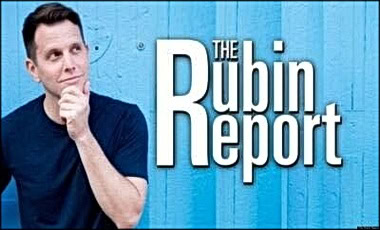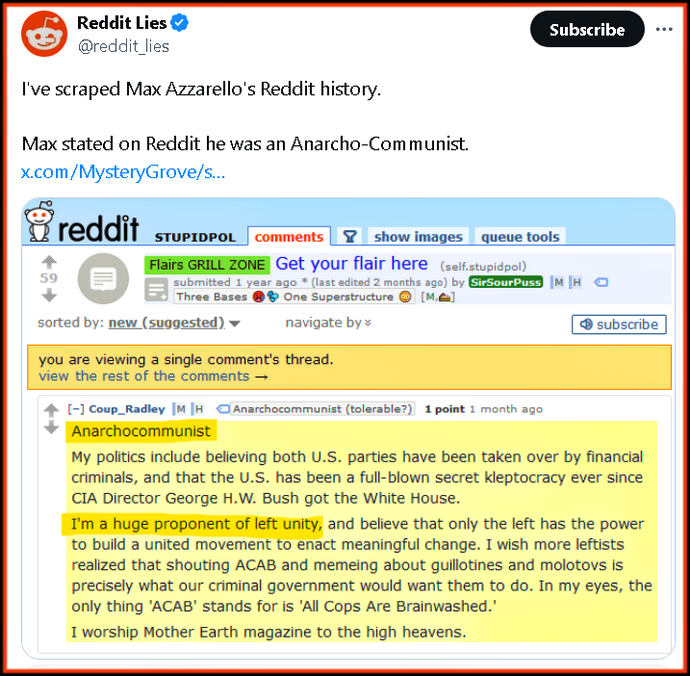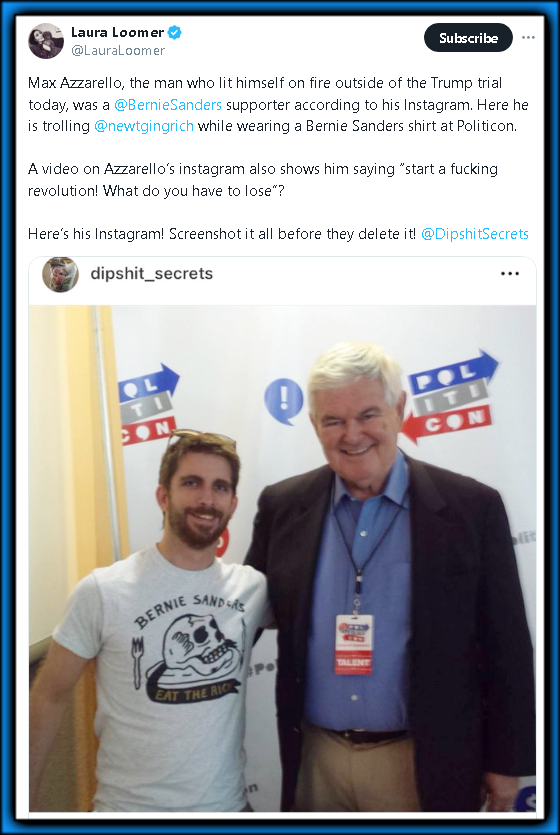UPDATES!
Steve Forbes and John Carney react to President Biden attacking former President Trump’s tax cuts and how Americans are paying more under Biden on ‘Kudlow.’
Originally posted August 2013
- “A fundamental principle of information theory is that you can’t guarantee outcomes… in order for an experiment to yield knowledge, it has to be able to fail. If you have guaranteed experiments, you have zero knowledge” — George Gilder
Lonely Conservative [now no longer] mentions the inevitable:
Ah well, I guess they figure if they lose enough money on Volt production they can just come back to the taxpayer trough for another big bailout.
Nearly a year ago General Motors was losing almost $50,000 for each Chevrolet Volt it built. Now GM’s business model, driven by trendy environmentalism, calls for it to cut the price and lose even more money.
The green lobby wants more hybrids and plug-in electric cars on the roads. Therefore the president wants 1 million electrics humming around by 2015 — and the carmakers have to ignore market reality under pressure to do what the environmentalist-political complex demands.
Even if it makes no sense. ….
This time it’s because the automaker is going to drop the price by $5,000. USA Today reports that with “a full $7,500 federal tax credit, the price is cut to $27,495,” a figure that doesn’t include some state tax credits.
Aside from those whose egos demand that they use their cars to scream out their moral superiority as environmentalists, and maybe a few enthusiasts who dabble in the technology, does anyone really want these electric cars? Their dismal sales numbers simply do not justify their existence.
(IBD)
UPDATED EXAMPLE….
Hat-tip to The Renegade Institute for Liberty at Bakersfield College (FACEBOOK):
- Ford’s Latest Earnings Report Reveals Automaker Losing $65,000 for Each Electric Vehicle Sold (EPOCH TIMES)
…. Last month, the U.S. Environmental Protection Agency (EPA) finalized the “strongest-ever pollution standards” for cars that accelerate the “adoption of cleaner vehicle technologies.”
A coalition of 5,000 U.S. car dealerships criticized the EPA standards, noting that the regulations require a bump in EV sales “that is far beyond the consumer interest we are experiencing at our dealerships.”
“Despite generous government, manufacturer, and dealer incentives, our customers continue to bypass EVs over concerns about affordability, charging infrastructure, performance in cold weather, and resale value,” the coalition stated. ….
In updating this post I found a wonderful site:
EDITOR’S NOTE: this is how the USSR ended up with warehouses FULL of “widgets” (things made that it could not use or people did not want) no one needed in the real world. This economic law enforcers George Gilder’s contention that when government supports a venture from failing, no information is gained in knowing if the program actually works. Only the free-market can do this.
GEORGE GILDER – UNCOMMON KNOWLEDGE
This week on Uncommon Knowledge, author George Gilder discusses his conception of knowledge, power, and the economy, as described in his latest book, Knowledge and Power: The Information Theory of Capitalism and How it is Revolutionizing our World. He argues that a low entropy, or predictable and stable, carrier is required for the emergence of knowledge — whether it be a fiber optic cable and communication, or a social system governed by the rule of law and economic innovation. Such a social system is not spontaneous, but rather developed through sacrifice and a religious order.




 The Matildas were missing several established internationals on Wednesday night, including star striker Kyah Simon. They also rotated players more than usual, which contributed to a lack of cohesion. However, there is no denying losing to a team of school boys is far from ideal preparation for the world’s fifth ranked team in their quest for Olympic gold at Rio. The following is with a H/T to
The Matildas were missing several established internationals on Wednesday night, including star striker Kyah Simon. They also rotated players more than usual, which contributed to a lack of cohesion. However, there is no denying losing to a team of school boys is far from ideal preparation for the world’s fifth ranked team in their quest for Olympic gold at Rio. The following is with a H/T to



















